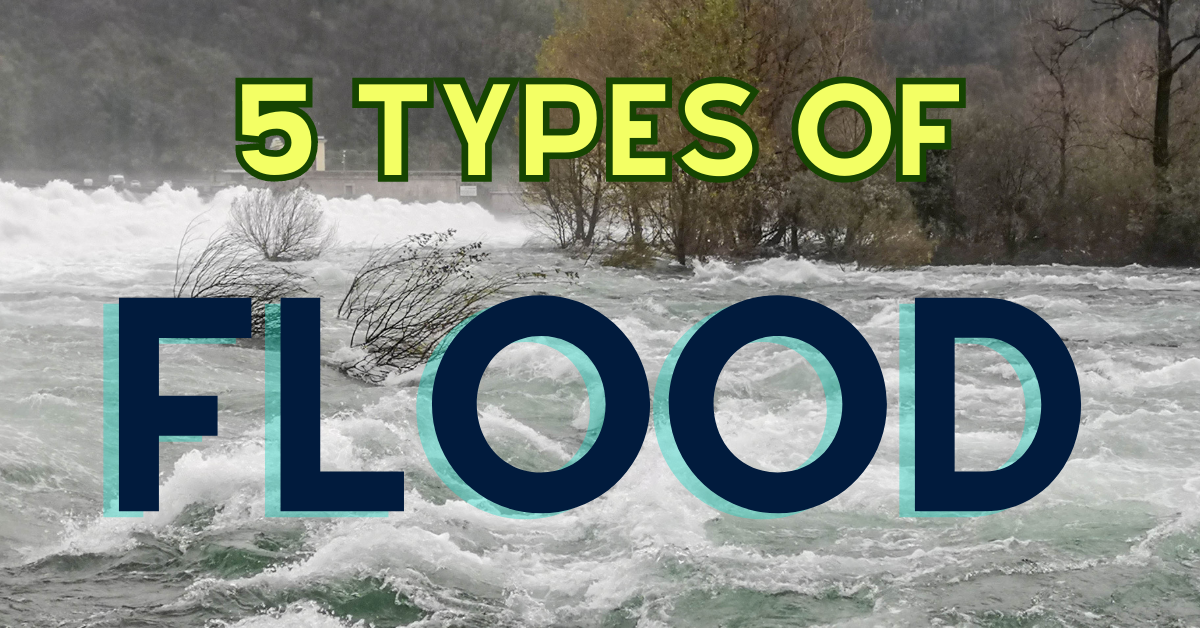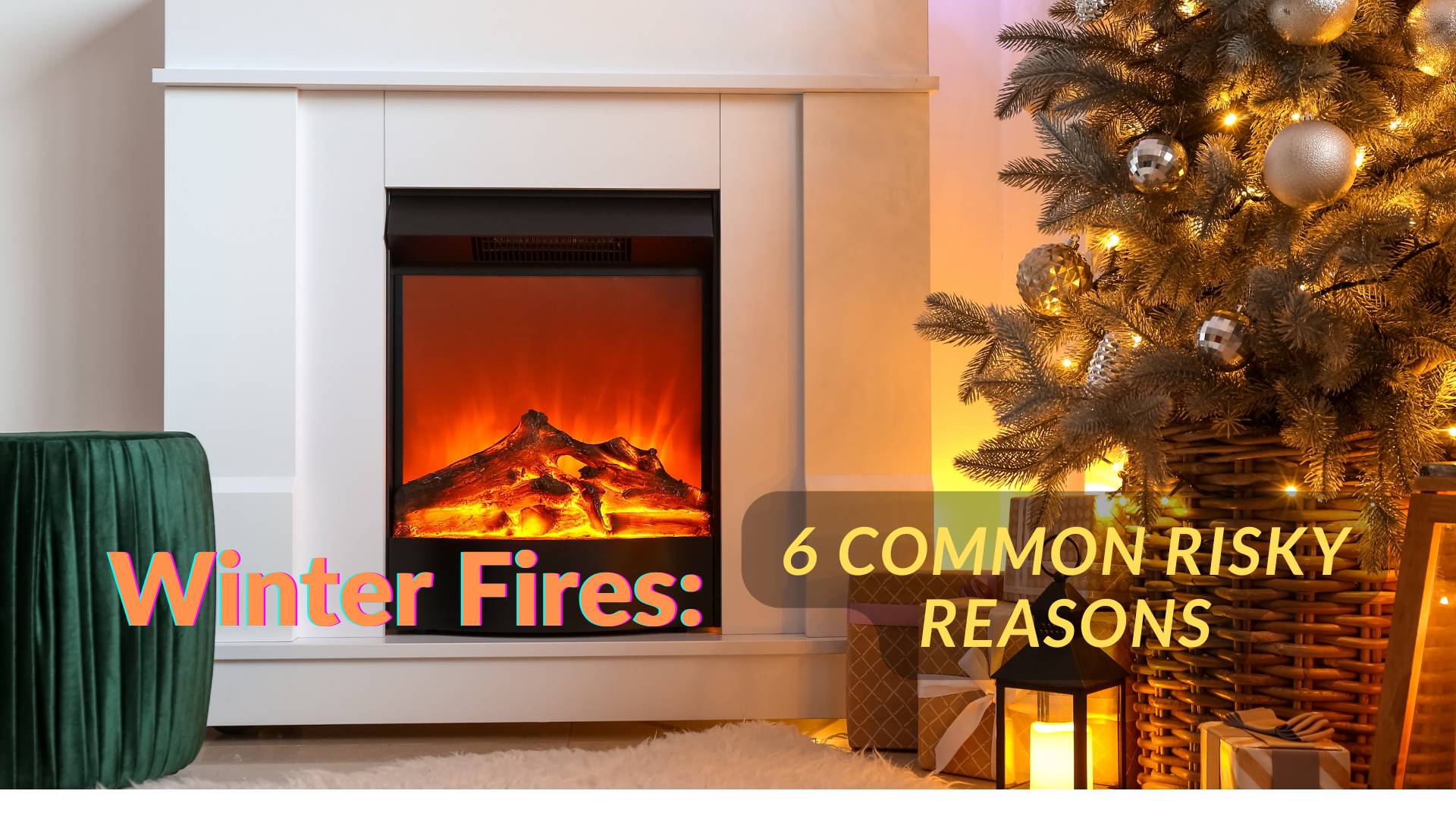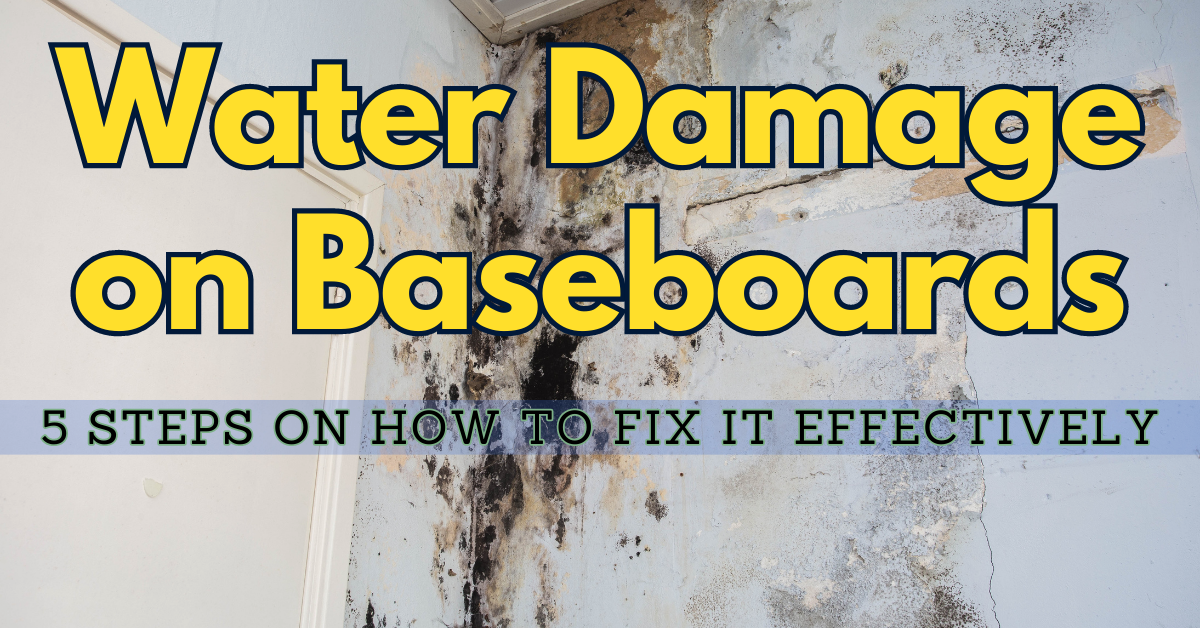 Have you experienced floods in your community? Do you know that there are different types of flood? Just the thought of it would make you feel either confident or anxious. Though Irvine has a semi-arid climate and gets on average 13 inches of rain per year, it is not exempted from flooding. Floods and flood damage can harm you and your property. Staying informed about floods and their types will help you understand flood risks and help you be prepared anytime, anywhere.
Have you experienced floods in your community? Do you know that there are different types of flood? Just the thought of it would make you feel either confident or anxious. Though Irvine has a semi-arid climate and gets on average 13 inches of rain per year, it is not exempted from flooding. Floods and flood damage can harm you and your property. Staying informed about floods and their types will help you understand flood risks and help you be prepared anytime, anywhere.
Definition Of Flood
Flood is a great flowing or overflowing of water beyond normal limits particularly over what is normally dry land. It’s one of the most common natural disasters on Earth. As you learn about it, it is also important for you to be familiar with the different types of flood.
Types of Flood
Flooding can happen anytime and anywhere. Knowing its different types will help you plan and prepare for this kind of event. Check out the following types of flood:
a.) Flash floods→ The first and one of the most common types of flood is a flash flood. It is a fast-flowing waters that can be dangerous because they can sweep everything in their paths such as trees, rocks, and cars. They are usually caused by heavy rainfall or rapid thawing of snow. Floods cover a relatively small area yet it is so concentrated that it can rise very high and sudden.
b.) Coastal floods or Surge floods→ This kind is usually connected to tropical storms, tsunamis, or hurricanes. Surge floods are caused by strong winds or severe storms that move towards a coast during high tide. There will be a flood when powerful waves breach the coast’s dune or dike. So the best and right time to repair the breach is when the tide is low.
c.) Urban floods or Inland floods→ snowmelt and especially rainfall causes these types of floods aside from flash floods and surge floods. These occur when the drainage system in a city or town can’t absorb the water due to heavy rainfall. Lack of drainage in the area can also contribute to flooding which can cause structural damage.
d.) Fluvial floods or River floods→ occur when the levels of water rise over the top of river banks. Causes of river flooding include excessive rain, thunderstorms, a combination of rainfall and snowmelt, and ice jam.
e.) Pluvial floods or Ponding floods (or Surface floods)→ can happen in relatively flat areas where the terrain has failed to absorb rainwater, causing ponds and puddles to appear. This is similar to urban flooding but without the sewage systems and occurs mostly in rural areas.
Flood Damage Leading To Water Damage Restoration
One of the most devastating things you can ever experience is flooding in your home. Worry not because our team at Superior Restoration is all ready to help you ease your burdens due to flood damage.
A Few Gentle Reminders On How To Respond To Flood Damage Issues
- Take pictures to document the damage for insurance claims purposes.
- Think of your safety first.
- Before going inside your home, check for any electrical or structural damage.
- Look out for gas leaks and other fire risks. Use battery-powered lights if possible.
- Wear goggles, rubber gloves, and strong shoes for protection.
- If you think there might be mold, wear a respirator that can filter out spores.
- Dry the area properly and quickly.
- Let the professionals handle flood and water damage.
Please don’t hesitate to call our local office today, Water Damage Irvine for your water damage restoration needs. We are available 24/7.




